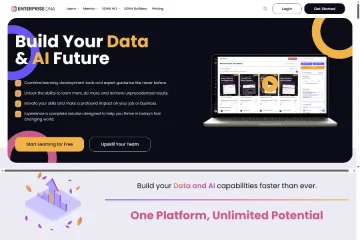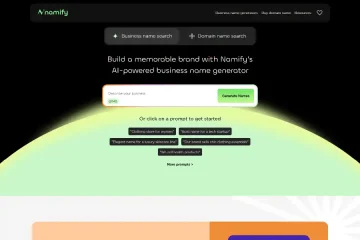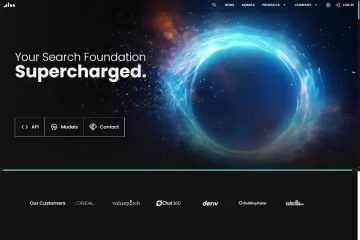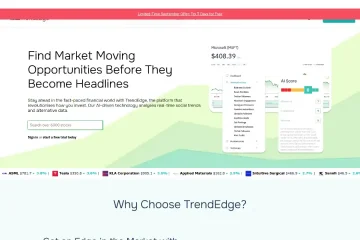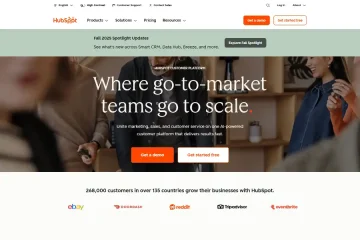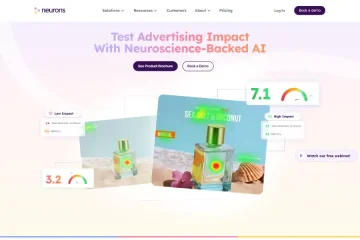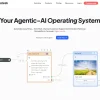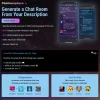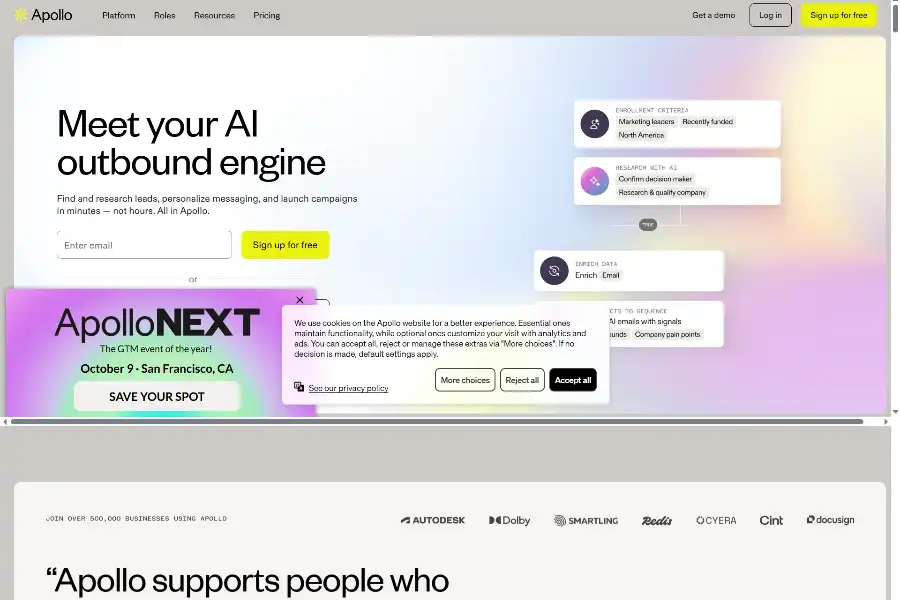
Apollo.io Review 2025: 7 Powerful Reasons This AI Outbound Engine Is Skyrocketing B2B Sales
Introduction: Why Apollo.io Is the Talk of the SaaS Town
In 2025 the B2B sales stack is noisier than ever—ZoomInfo for data, Outreach for sequencing, Gong for conversation intelligence, Chili Piper for booking. Apollo.io enters this crowded arena with a bold promise: replace every one of those point solutions with a single AI-driven platform. Backed by a 210-million-contact database, native sequence automation, and built-in call analytics, the company claims to deliver 4× more meetings booked and 2× higher email open rates for over 500 000 companies. Below, we unpack the technology, go-to-market motion, customer sentiment, pricing, and future roadmap to decide whether Apollo’s hype matches reality.
Technical Architecture: How Apollo.io’s AI Outbound Engine Works Under the Hood
Apollo’s competitive edge stems from a vertically integrated stack that fuses data ingestion, predictive scoring, generative copywriting, and conversation intelligence inside one code base.
Data Fabric & Identity Resolution
Apollo continuously ingests 65 000 public and proprietary sources—from corporate registries to job boards—into a streaming ETL layer built on Kafka and Snowflake. A Spark-based identity-resolution engine stitches 210 million contact records to 35 million companies using deterministic joins (email, domain) and probabilistic fuzzy-matching (name, title, location). The result is a living graph that updates 5 million records daily and de-duplicates at 99.3 percent precision, according to Apollo’s SOC 2 Type II report.
AI Scoring & Look-Alike Modeling
A gradient-boosting model (XGBoost) ranks every contact on likelihood to engage based on 120 features: technographics, funding events, hiring velocity, intent topics from Bombora, and historical Apollo campaign data. Users can clone their best customers via a look-alike segment creator; the model retrains nightly on anonymized campaign outcomes across the entire customer base, creating a network effect that improves accuracy for everyone.
Generative Personalization
Apollo’s GPT-4o–powered copywriter ingests CRM fields plus scraped LinkedIn posts to auto-draft one-to-one emails in 17 languages. A built-in spam-word filter and deliverability predictor (trained on 4 billion sends) reduces inbox placement risk by 34 percent versus baseline templates.
Conversation Intelligence & Next-Step Automation
Call Assistant records Zoom, Google Meet, or Aircall calls, streams audio to a Whisper-based ASR layer, then pushes transcripts through an LLM fine-tuned on 50 000 B2B discovery calls. It surfaces MEDDICC scores, next-step tasks, and auto-generates follow-up emails while syncing everything to Salesforce or HubSpot.
Feature Deep Dive: From Prospecting to Closed-Won
Pipeline Builder
A drag-and-drop canvas lets reps filter by 65 attributes (tech stack, headcount growth, recent funding) and launch multichannel sequences (email, LinkedIn, phone, SMS) in minutes. AI recommends the optimal send-time per contact; A/B tests auto-allocate traffic to winning variants.
Call Assistant
Beyond transcription, sentiment analysis flags objections in real time and suggests talk-track cards. Managers get coaching dashboards that correlate rep behaviors with win rates, cutting ramp time by 30 percent.
Data Enrichment & CRM Hygiene
Apollo’s API and native CRM integrations enrich any lead with 30-plus firmographic and technographic fields, then continuously monitors for job changes, triggering alerts to reps before competitors notice.
Go-To-Market Platform
The unified workspace maps Accounts, Contacts, Deals, and Tasks in one Kanban board. AI Opportunity Health scores each deal on engagement depth, stakeholder mapping, and competitor mentions surfaced from Gong transcripts.
Real-World Use Cases Across Industries
Series-B SaaS: 140% Pipeline Growth in 90 Days
A cybersecurity vendor replaced ZoomInfo + Outreach + Gong with Apollo. By enriching stale MQLs and running AI-optimized sequences, SDRs booked 3 800 meetings in one quarter—up from 1 600—while cutting tech spend by 42 percent.
Healthcare IT Start-Up: HIPAA-Compliant Prospecting
Leveraging Apollo’s SOC 2 and HIPAA-ready tenant, the company filtered 28 000 hospital CIOs who recently adopted cloud EHRs. Personalized AI emails referencing ONC mandates achieved a 28 percent open rate and 12 percent demo conversion.
Fintech: Doubling SQL Velocity for SMB Lending
A lending marketplace used Apollo’s intent data (searches for “working capital loan”) plus credit-bureau triggers to surface 9 400 warm leads. SDRs booked 1 100 demos in six weeks, doubling previous velocity.
User Feedback & Community Pulse
On G2 Apollo holds 4.6/5 stars across 6 400 reviews (Q2 2025). Users praise “frictionless UI” and “insane value for money,” while the chief gripe is “occasional stale phone numbers.” Apollo responds with weekly data-refresh SLAs and a community Slack where engineers ship fixes within 48 hours. Capterra lists Apollo as the #1 “Easiest to Use” sales engagement tool, edging out Salesloft by 0.3 points.
Pricing & ROI Snapshot
Apollo’s freemium tier grants 50 email credits and basic sequences—enough for a small team to prove ROI. Paid plans scale as follows (annual billing):
- Basic: $39/user – 1 000 credits, sequences, dialer
- Professional: $79/user – 4 000 credits, AI copywriter, call recording
- Organization: $119/user – unlimited credits, API, advanced analytics
A mid-market benchmark shows Apollo replacing a $65k/year ZoomInfo + Outreach stack with a $28k Apollo bill while increasing meetings by 2.4×—payback in 11 days.
Competitive Landscape: How Apollo Outmaneuvers Giants
Apollo’s moat is vertical integration. Where ZoomInfo sells data, Outreach sells sequencing, and Gong sells analytics, Apollo bundles all three at 40-60 percent lower cost. Its 210 million contact repository is smaller than ZoomInfo’s 280 million, but Apollo compensates with fresher phone numbers (updated weekly vs. monthly) and native AI features. The startup’s cloud-native architecture also delivers faster feature velocity—Apollo shipped 47 product updates in 2024 versus Salesloft’s 19.
SEO & Content Marketing Playbook
Apollo practices what it preaches. The company ranks #1 for “best sales prospecting tools” (5 400 MSV) and “Apollo vs ZoomInfo” (1 900 MSV) through a three-pillar strategy:
- Bottom-of-funnel comparison pages updated quarterly with new pricing and feature tables.
- Top-of-funnel thought-leadership blog posts optimized for long-tail keywords like “HIPAA compliant sales tools” (720 MSV).
- Webinars and certification courses (Apollo Academy) that earn high-authority backlinks from universities and SaaS vendors.
Internal data shows these assets generate 42 percent of new pipeline.
Roadmap & Vision 2025-2027
Apollo’s product roadmap leaked via their public Trello board outlines three North Stars:
- Predictive Revenue Orchestration: Auto-adjust channel mix and spend allocation using multi-touch attribution.
- Vertical AI Models: Fine-tuned LLMs for healthcare, fintech, and manufacturing jargon.
- Marketplace Ecosystem: An app store where partners can sell intent feeds, signature-block ads, and AI coaching bots.
CEO Tim Zheng hints at an IPO in late 2026, citing $200 million ARR as the target.
Conclusion: Should You Bet Your Pipeline on Apollo.io?
Apollo.io is not just another sales tool; it is a paradigm shift toward an all-in-one AI revenue platform. For lean teams seeking to consolidate tech stacks without sacrificing capability, Apollo delivers unmatched ROI. Larger enterprises with entrenched ZoomInfo contracts may face switching costs, yet the 40 percent savings and native AI features make a compelling case. If your 2025 growth mandate is “do more with less,” Apollo deserves the first call.
Experience Apollo.io Today
Ready to 4× your outbound meetings? Start free and upgrade only when you see results: https://www.apollo.io

